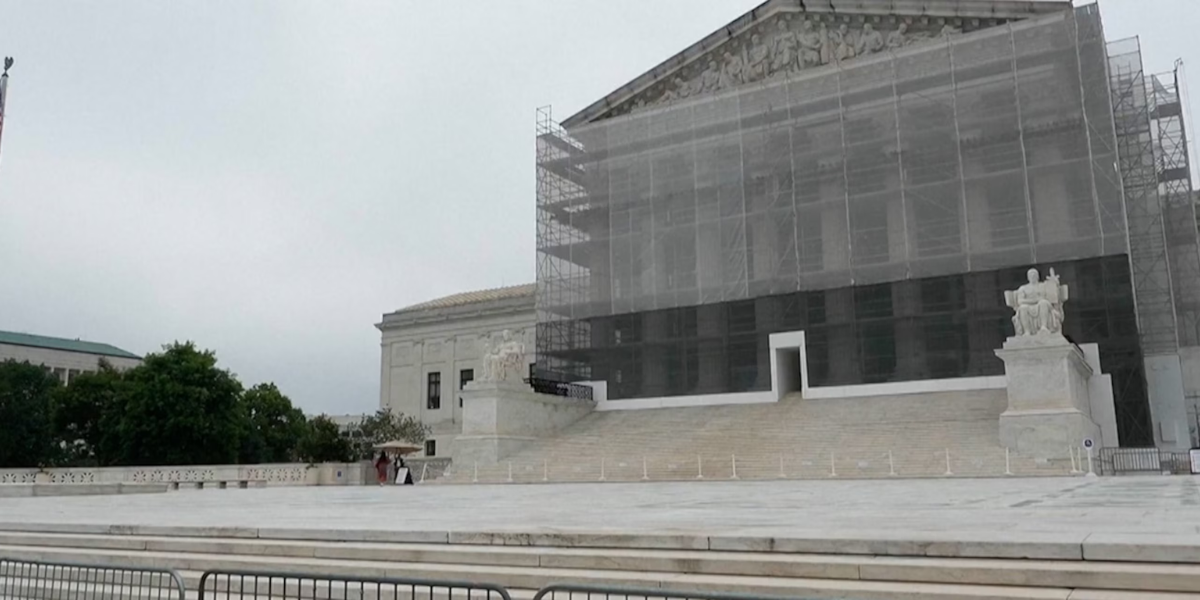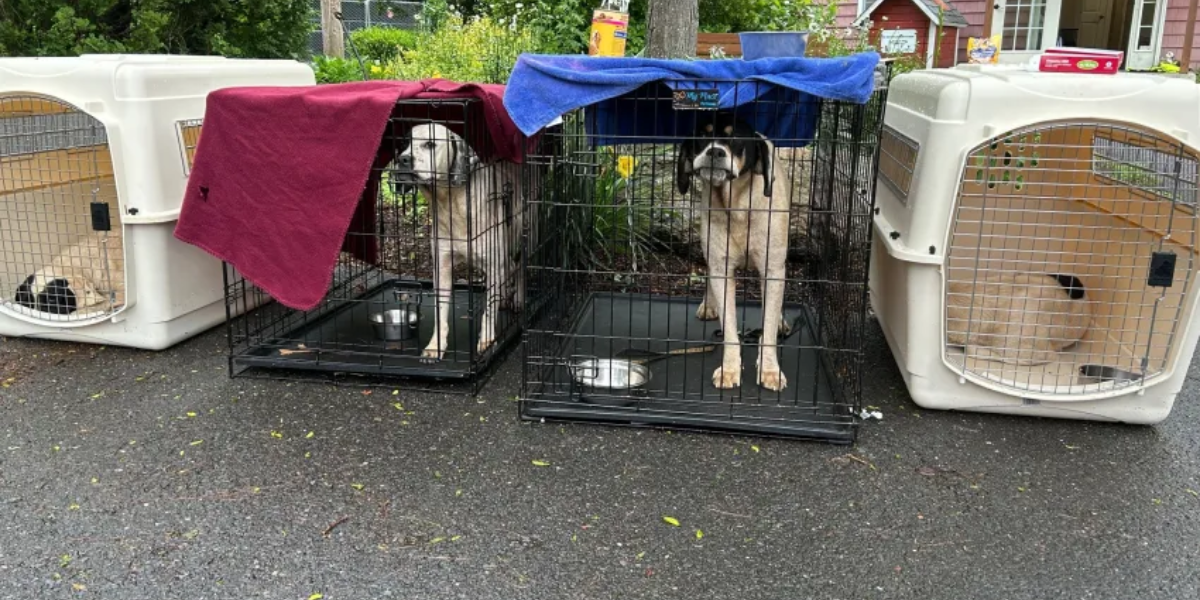The handling of smoke damage claims by the state’s bare-bones house insurance program has been deemed unlawful by a judge in the state of California. This ruling might have far-reaching repercussions, as insurers are increasingly dealing with the aftermath of wildfires.
Damage caused by fire is generally covered by homeowner’s insurance; however, there is a growing debate regarding the types of damage that must be covered when flames do not completely consume the house. As a result of the ruling that was handed down on Tuesday by Judge Stuart M. Rice of the Los Angeles Superior Court, homeowners in a state where the risk of catastrophic wildfires has increased in tandem with a growing crisis in home insurance have been granted a triumph.
The particular case was Jay Aliff, who filed a lawsuit in 2021 regarding the insurance reimbursement for his house near Lake Tahoe, which had been damaged in the fire that occurred in Mountain View sometime in November of 2020. The California Fair Access to Insurance Requirements Plan, also known as the FAIR Plan, was the target of his case. The FAIR Plan is the high-risk insurance pool of the state, which serves as a last-resort option for those who have been dumped by commercial insurance carriers.
Despite having exorbitant rates and only providing rudimentary coverage, the FAIR Plan was intended to serve as a temporary safety net for subscribers until they could locate a more permanent alternative. According to data from the state, the number of residential insurance reached 550,000 in March, which is more than double the number that was in place in 2020. Additionally, it has become the default choice for many people.
According to reports from prior urban wildfires, which involve the burning of building materials, appliances, automobiles, and other items at extremely high temperatures, there are higher levels of heavy metals such as lead and polycyclic aromatic hydrocarbons (PAHs) like benzene, all of which are associated with adverse health effects. When it comes to those pollutants, however, insurance companies have not yet standardized their testing.
Allegations that the FAIR Plan abruptly denies smoke damage claims unless there is proof of permanent physical change have been the subject of scrutiny for years. This is despite the fact that the California Department of Insurance has long concluded that the threshold in question is unlawful.
According to the lawsuit filed by Aliff, FAIR Plan at the time offered only a small portion of the money that he anticipated would be sufficient to cover the expenses associated with repairing the damages. The lawsuit cites a partial denial letter that stated that the debris from the fire could be cleaned up, and as a result, it did not qualify for coverage as a “direct physical loss” with regard to the home.
Lead and cyanide are two examples of things that should be avoided at all costs. In reference to the brand of disposable mops known as Swiffer, Aliff’s attorney, Dylan Schaffer, stated that it is not possible to get that out of the way.
During a time when thousands of homeowners who were affected by the recent wildfires in Palisades and Eaton are still fighting for coverage, Schaffer, who is also the attorney in a number of other lawsuits against the FAIR Plan related to the smoke damage issue, stated that the new court ruling was a game-changer in California insurance law.
Schaffer stated that this ruling is the most significant one in the history of insurance law in the state of California. According to the statement, “It draws a line in the sand as it relates to where carriers can start carving out their liability and avoiding liability.”
In the verdict, it was stated that the FAIR Plan’s policy of restricting smoke damage coverage to its definition of “direct physical loss” was in violation of the law. The ruling stated that “this language limits coverage reasonably expected by an insured in a manner which is not conspicuous, plain and clear.”
In addition, the judge ruled that it was impermissible for the FAIR Plan to stipulate that smoke damage must be “visible to the unaided human eye” or capable of being “detected by the unaided human nose of an average person” rather than relying on “the subjective senses of (the insured) or by laboratory testing.”
“Because an insured person is unable to rely on their own senses or laboratory tests, it is completely unclear how an insured person could determine whether a particular loss is covered or not,” the court opinion stated.
In a statement, Hilary McLean, a spokeswoman for FAIR Plan, stated that the insurer has been working with the state insurance agency to revise its policy language. She also mentioned that the so-called sight and smell test has already been abolished.
According to a statement released by McLean, “Our goal is to continue providing fair and reasonable coverage for losses related to wildfires while maintaining the financial integrity of the FAIR Plan for all policyholders.”


 by
by 

